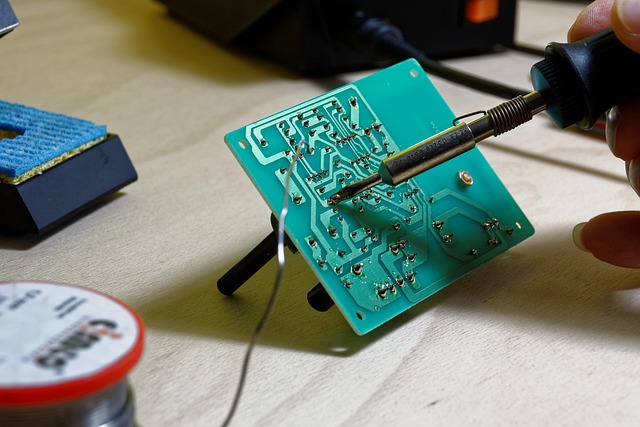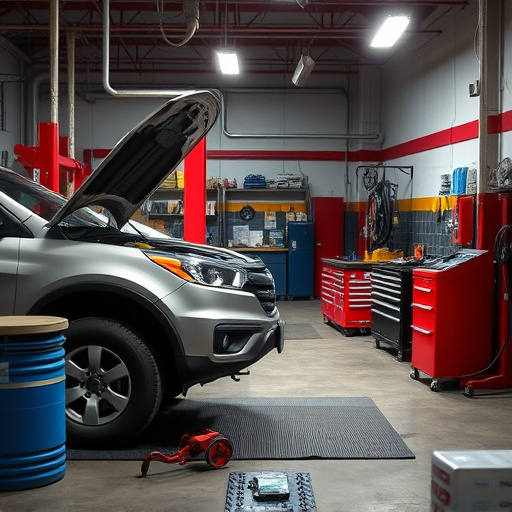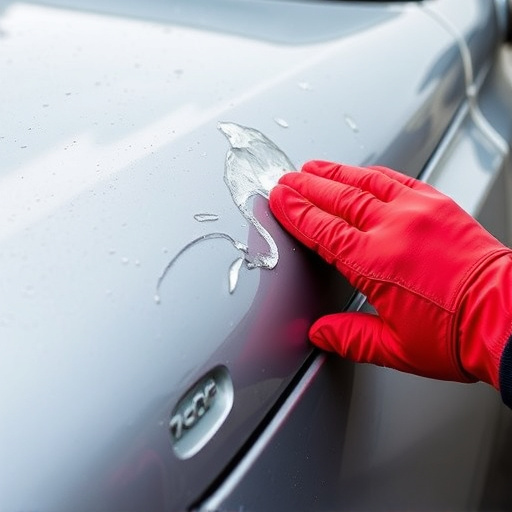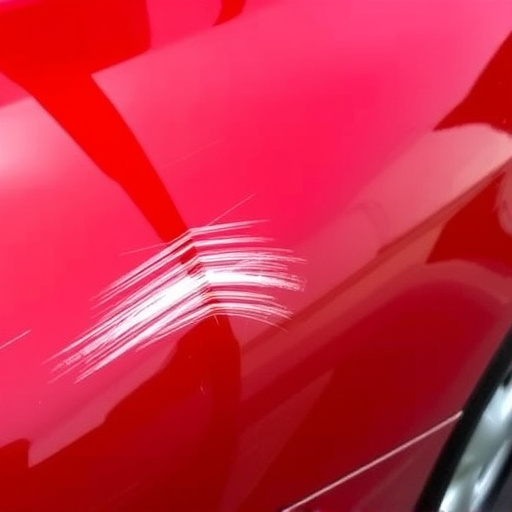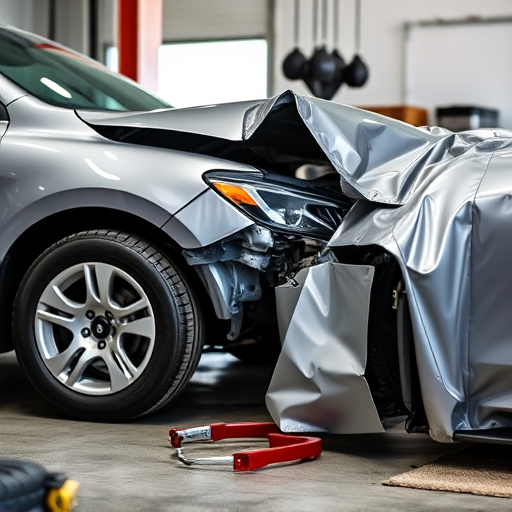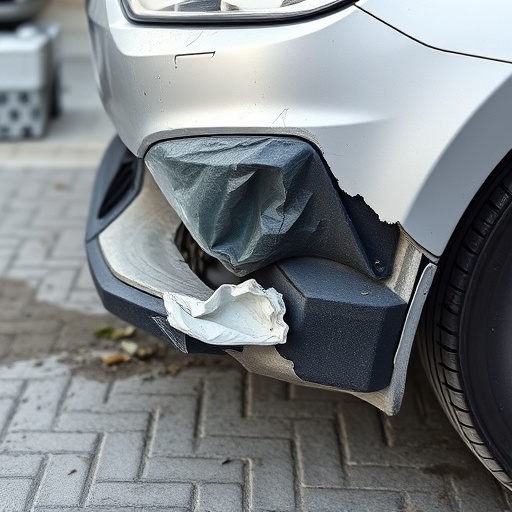A sustainable collision center uses green practices for car repair, including recycled materials and advanced energy-efficient techniques to minimize pollution and waste. They employ eco-friendly cleaning agents, water-based paints, and energy-efficient equipment while recycling metal, plastic, and glass to reduce landfill waste and conserve resources. Through LED lighting, smart climate control, and solar panels, these centers prioritize environmental stewardship, offering quality auto body repair without compromising sustainability.
In today’s eco-conscious world, the automotive industry is undergoing a green transformation. A sustainable collision center emerges as a beacon of environmental stewardship by adopting innovative practices. This article explores how these centers minimize their ecological footprint through eco-friendly materials and waste management strategies. By focusing on energy efficiency and reducing consumption, sustainable collision centers are leading the way in responsible auto repair, setting a new standard for the industry.
- Utilizing Eco-Friendly Materials and Practices
- Efficient Waste Management Strategies
- Reducing Energy Consumption Through Innovation
Utilizing Eco-Friendly Materials and Practices
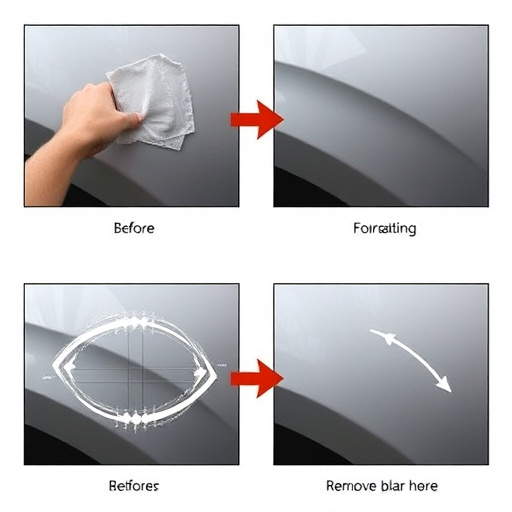
A sustainable collision center prioritizes eco-friendly practices throughout its operations to minimize environmental impact. This includes using recycled and non-toxic materials for car damage repair, such as biodegradable cleaning agents and sustainably sourced components. By adopting these measures, the center reduces pollution and waste generation associated with conventional car paint services and vehicle dent repair processes.
Furthermore, sustainable collision centers implement innovative techniques in their vehicle dent repair procedures to cut down on energy consumption and emissions. They employ advanced tools and methods that require less energy and resources compared to traditional practices. This commitment to eco-friendly solutions not only benefits the environment but also contributes to a greener and healthier future for all, ensuring that car paint services are provided without compromising sustainability goals.
Efficient Waste Management Strategies
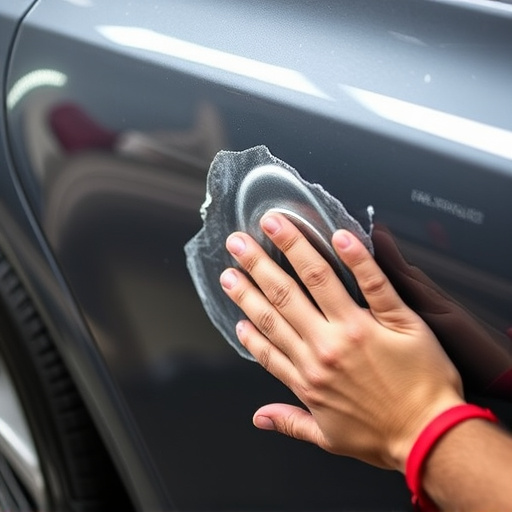
A sustainable collision center adopts efficient waste management strategies to minimize its environmental footprint. These centers often employ advanced recycling techniques for materials like metal, plastic, and glass from damaged vehicles. By implementing rigorous sorting processes, they ensure that reusable components are salvaged and recycled, reducing the demand for virgin resources. This practice not only cuts down on landfill waste but also conserves energy and natural resources associated with manufacturing new parts.
Furthermore, sustainable collision centers integrate eco-friendly practices into their day-to-day operations. They use biodegradable cleaning agents, water-based paint systems that eliminate volatile organic compounds (VOCs), and energy-efficient equipment to lower their carbon emissions. These measures transform the auto body repair process, making it more environmentally conscious without compromising on quality or safety standards.
Reducing Energy Consumption Through Innovation
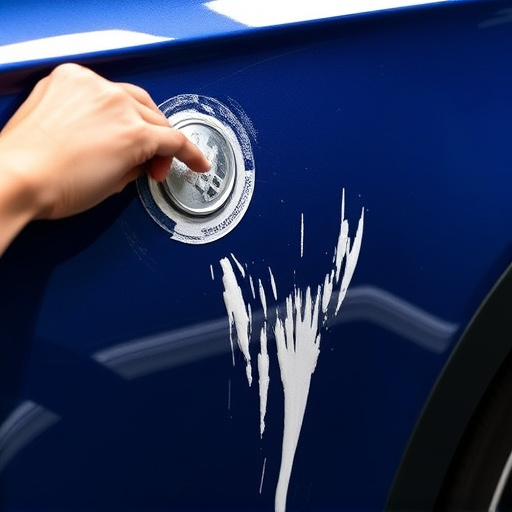
A sustainable collision center is revolutionizing the auto body services industry by prioritizing energy efficiency and environmental stewardship. Through innovative practices, these centers aim to minimize their carbon footprint at every stage of car body restoration and repair processes. For instance, adopting advanced technologies like LED lighting systems can significantly reduce energy consumption compared to traditional incandescent bulbs. Such a simple upgrade not only cuts down electricity bills but also lowers the overall environmental impact by reducing greenhouse gas emissions.
Moreover, sustainable collision centers often employ smart heating and cooling systems that optimize temperature control, further minimizing energy waste. By integrating renewable energy sources like solar panels, these facilities can meet their energy demands while reducing reliance on fossil fuels. This commitment to energy conservation is a key aspect of what makes a collision center truly sustainable, ensuring that auto body restoration and repair processes are not just effective but also eco-friendly.
A sustainable collision center isn’t just about repairing vehicles; it’s a commitment to minimizing environmental impact through eco-friendly materials, efficient waste management, and innovative energy conservation. By adopting these strategies, collision centers can reduce their carbon footprint, contribute to a greener future, and set a new standard for the industry, proving that sustainability and quality auto repair can go hand in hand.
